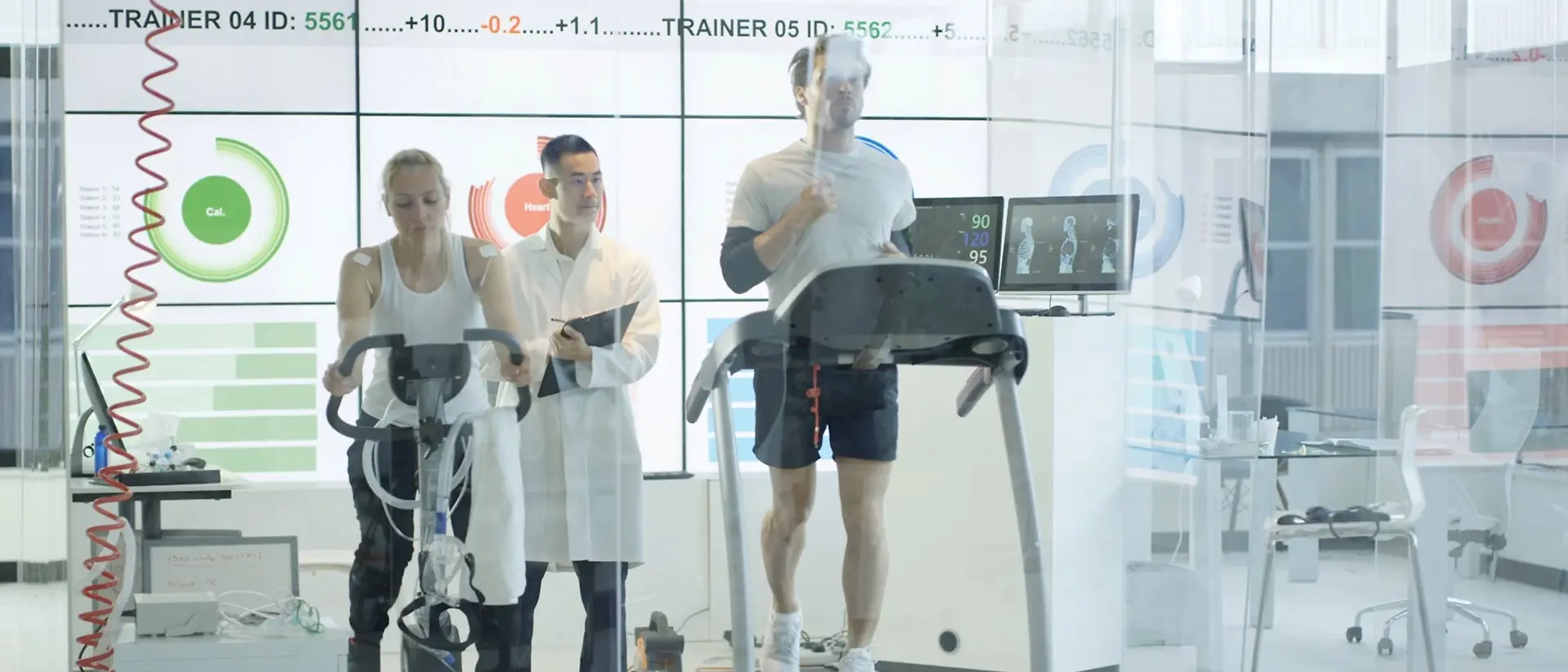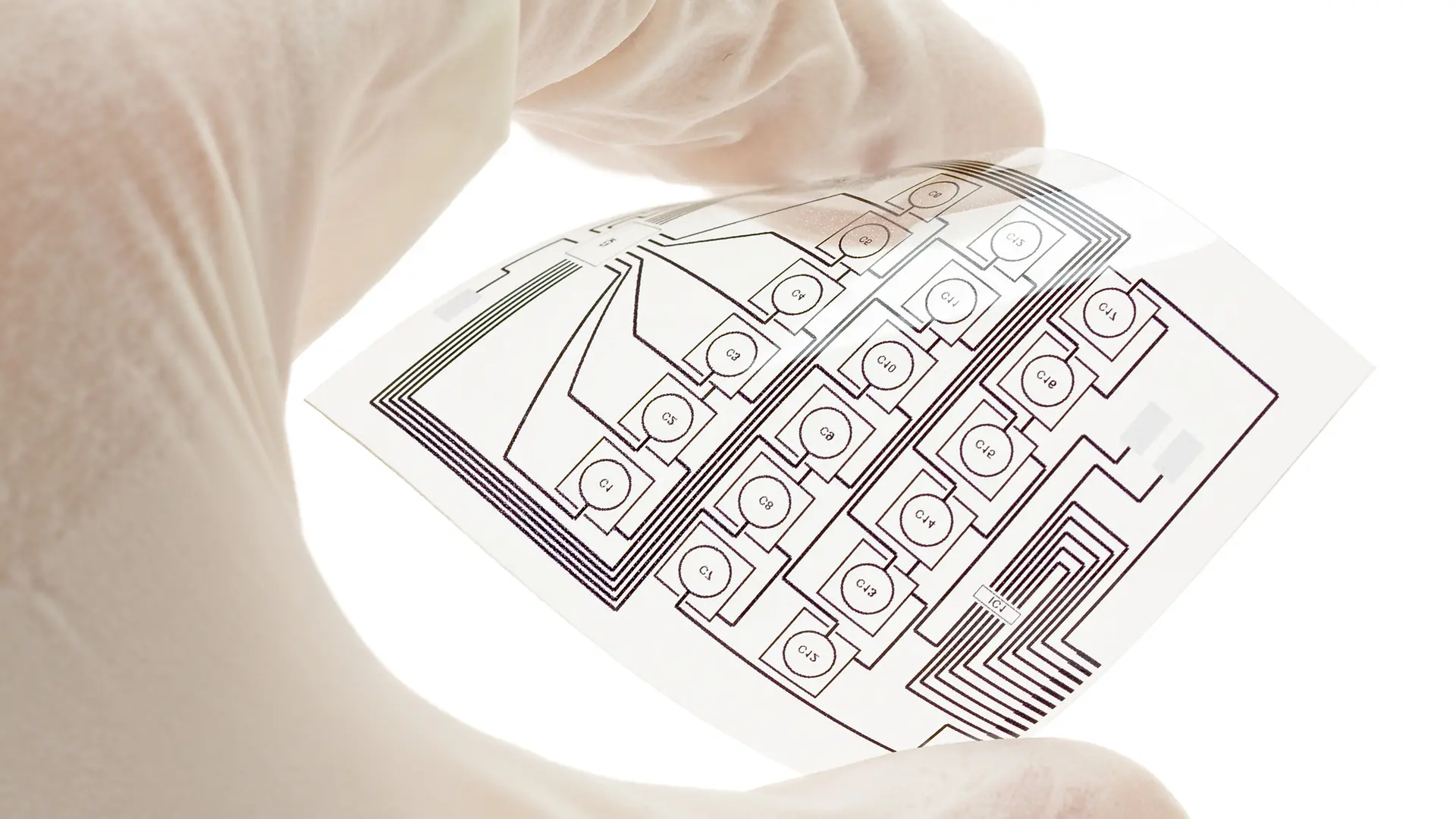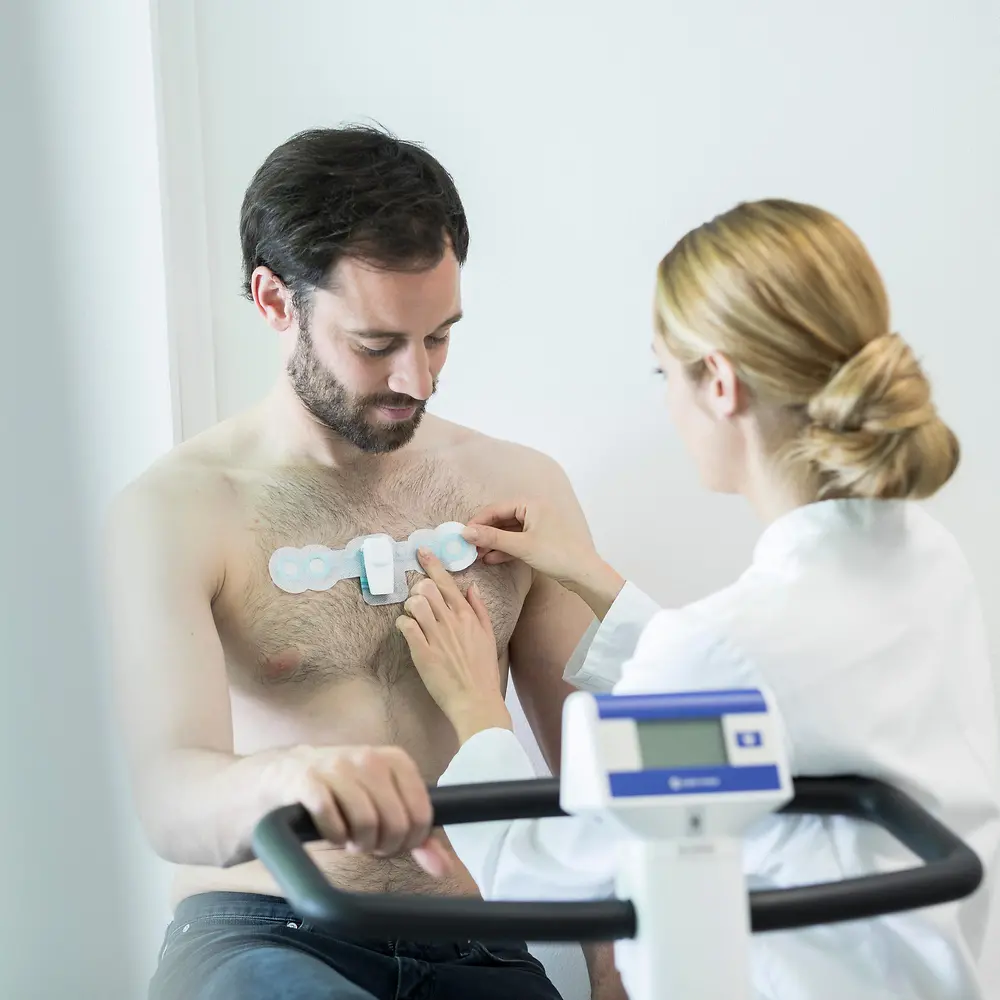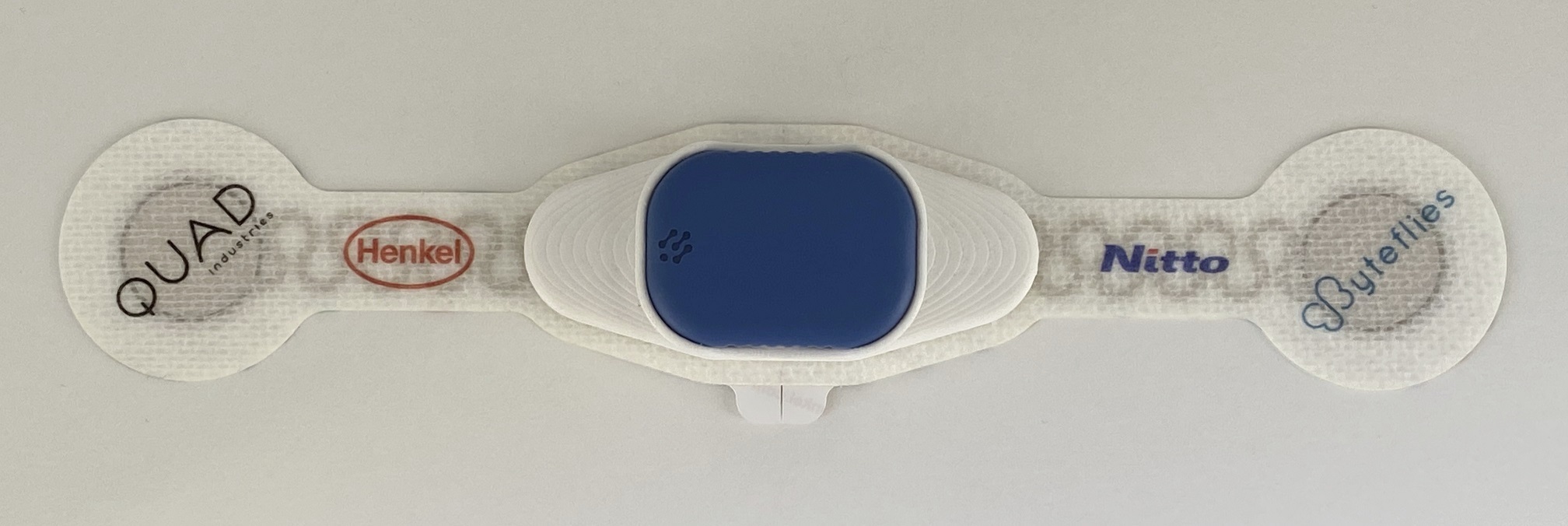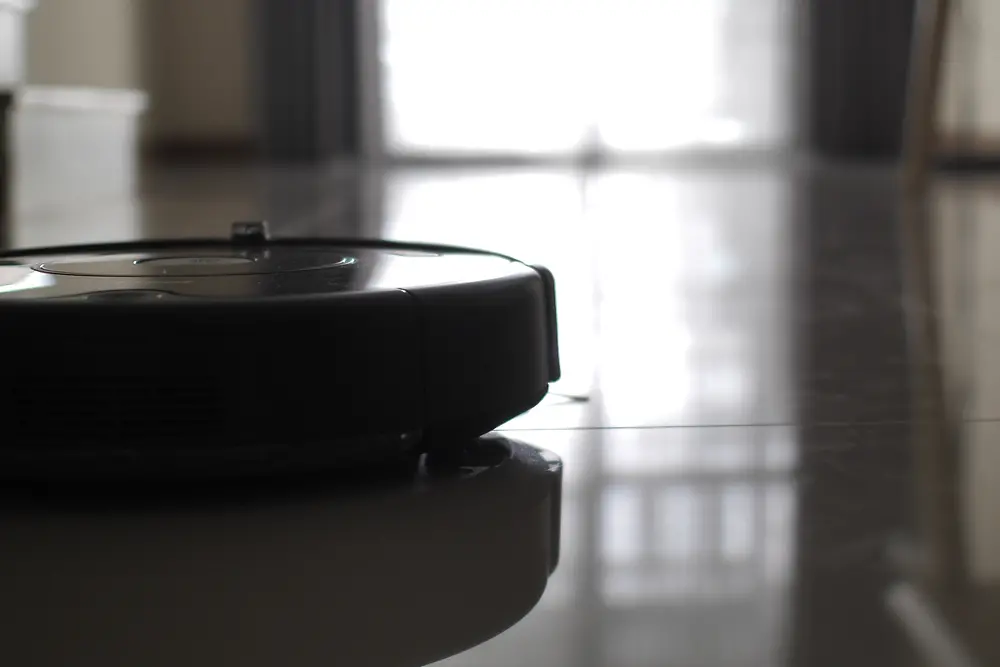“Henkel is in a strong position in this market because we’ve got a toolbox of relevant technologies – including inks, adhesives, coatings and gasketing solutions – as well as a strong network along the entire value chain,” says Stijn Gillissen, Global Head of Printed Electronics at Henkel. “This means we can support the design of new smart products by leveraging our existing relationships and using solutions that our customers already rely on”.
In cooperation with six medical and technology companies, Henkel has developed a smart health patch that allows continuous remote and wireless monitoring of the respiration, heart rate and soon also temperature of patients. The product – initially set up to monitor the vital functions of patients with heart failure and epilepsy – will soon be tested for the use of monitoring coronavirus patients in a Belgian hospital.
!['COVID-19 smart patch' has been developed by several partners with strong medical and technology expertise.]()
The 'COVID-19 smart patch' has been developed by several partners with strong medical and technology expertise.
“The smart patch demonstrates the huge potentials of printed electronics applications and the power of collaborative approaches in the market”, says Stijn Gillissen. “At the moment, most COVID-19 patients’ vital signs are recorded manually. The staff in hospitals and care homes need to take these vital signs several times a day and then process the data manually. Our system has the potential to save them a lot of time and reduce the amount of times they are exposed to possible infection.”
The system also offers great advantages to patients in home quarantine or in care homes as it enables to take and send measurements automatically. They can be certain that the measurements are correct and that they are being monitored constantly. This can offer great reassurance, particularly to elderly people in retirement homes and their families.





